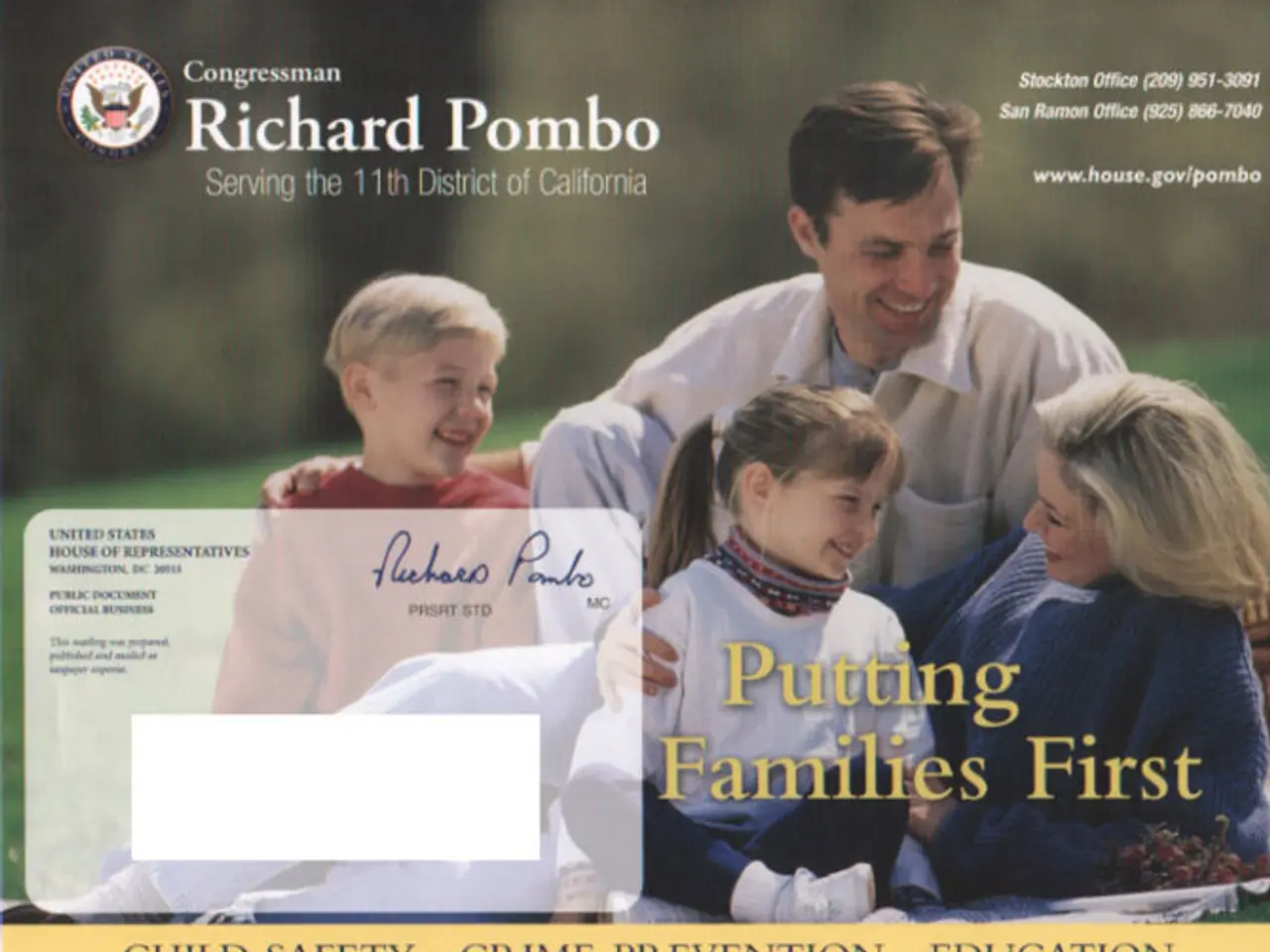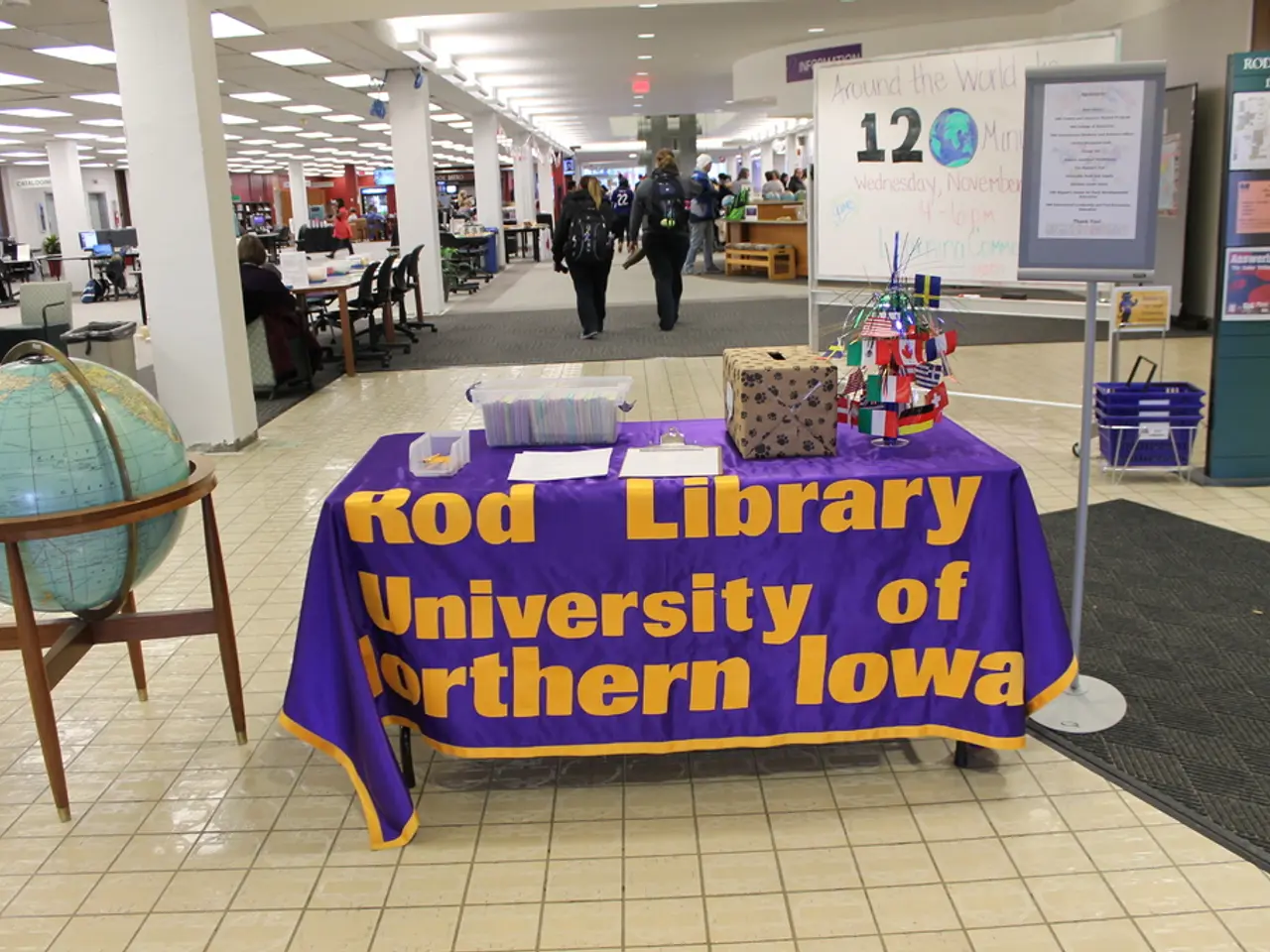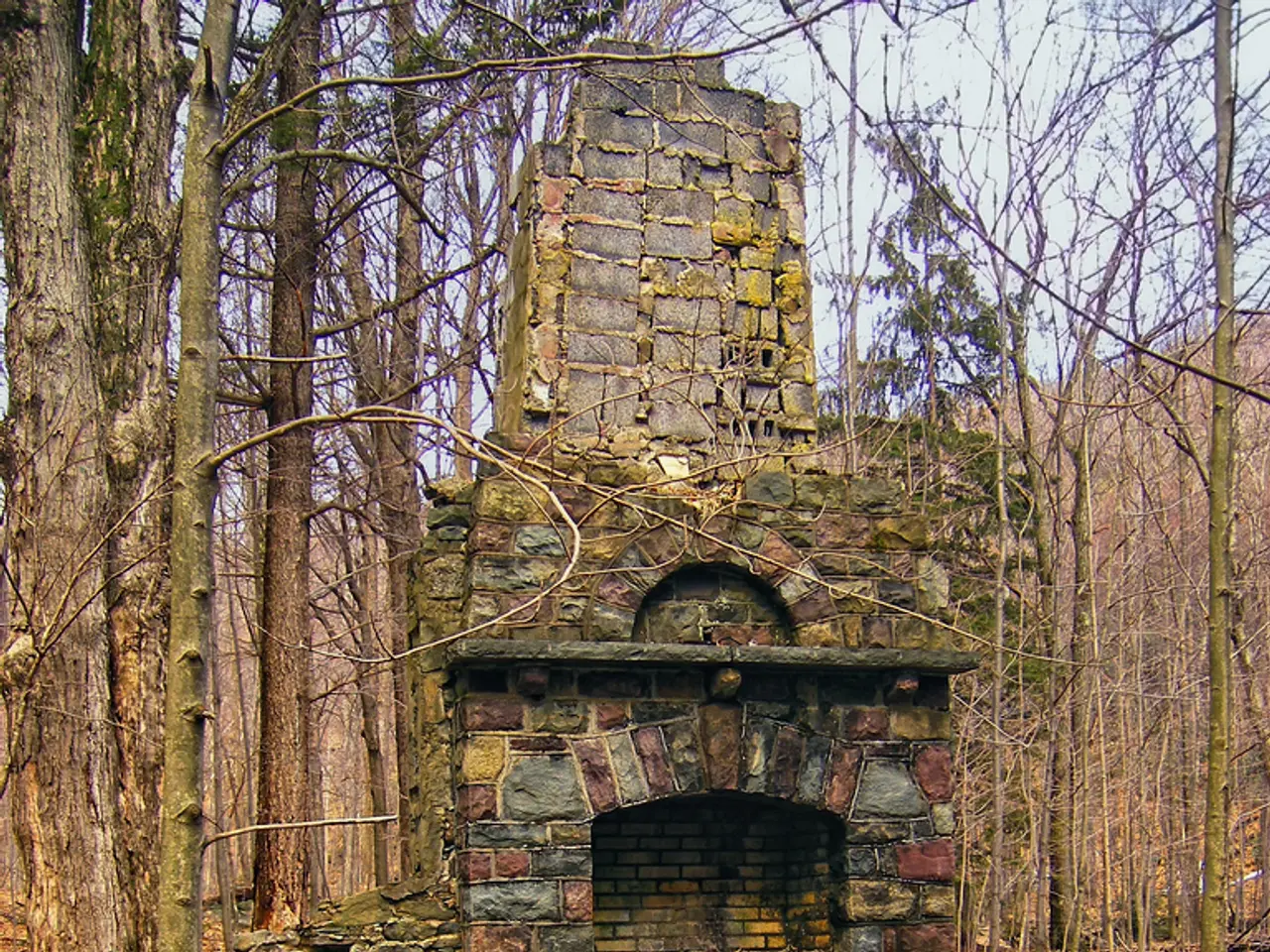Uncovering Data from Archaic Family Lineage Records
In the digital age, the quest to make historical genealogical documents accessible and searchable online is a significant endeavour. The process, however, is fraught with complexities that stretch beyond mere text recognition.
The journey of transforming physical historical documents into online searchable text is a time-consuming, intricate, and costly process. It involves more than just understanding the transcribed prose text, as many documents convey additional semantics through non-textual cues such as font sizes/weights, dividing lines, arrows, diagrams, and more.
One of the primary challenges lies in the diverse, degraded, and complex nature of historical genealogical documents. These documents often suffer from degradation, such as fading and stains, non-standard formats, variable handwritten styles, and irregular layouts. Despite advances in deep learning, accurately recognizing such degraded documents remains difficult.
Another hurdle is data scarcity and annotation difficulty. Historical texts usually lack large labeled datasets necessary for training robust Machine Learning (ML) models. Annotating genealogical documents is labor-intensive, and domain-specific data augmentation and generation techniques are required to improve model performance.
Successfully digitizing genealogical documents also requires extracting structured information via Natural Language Processing (NLP). The variability in language, archaic terms, and handwritten text complexity pose challenges for NLP models to accurately interpret and link genealogical entities.
Maintaining data quality and dealing with noise is another key challenge. Noisy or incomplete data caused by document degradation or recognition errors can lead to inaccurate digitization. Ensuring high data quality is crucial for reliable analysis but is challenging at scale.
Handling genealogical data often involves personal identifiable information (PII), raising privacy and regulatory concerns. Responsible AI use and data protection compliance are vital.
Technical integration challenges also loom large. Combining handwritten text recognition models with downstream NLP pipelines and larger digital archiving systems requires technological interoperability and robust system design.
FamilySearch International, a non-profit organisation, is at the forefront of this challenge. With over 5,000 local family history centers and a vast collection of documents in 227 different languages, FamilySearch is making strides in digitizing historical documents. However, every major digitization project involves a large amount of "custom work."
Historical documents often contain sub-languages which are unique to specific topics. Some abbreviations for places in historical documents can be difficult to resolve due to local context, but FamilySearch has a vast database of standardized values which can be easily filtered to different levels of geographic boundaries.
Despite these challenges, OCR (Optical Character Recognition), HTR (Handwritten Text Recognition), and related information extraction technologies promise to make virtually any historical document searchable online. However, many historical genealogical documents have yet to be made readily searchable online by name and other fields.
FamilySearch's recognition models can be resilient to noise when trained with sufficient examples. Some historical documents may be too physically damaged to recover information with post-imaging digital clean-up alone.
Arbitrary document "understanding" may not be entirely solvable with current ML technology, as it may require human-level reasoning. FamilySearch experiments with models to remove common noise from an image up front, but their general approach is towards training their recognizer to cope with noise directly.
In the realm of language, the distinction between language and written script is important. Speakers of a language may be fluent but unable to read the script. For instance, FamilySearch's Portuguese HTR model initially annotated only 1/10th as much training data as for Spanish, but they were able to improve accuracy by selectively incorporating Spanish data and more Portuguese training examples from their existing records.
As we continue to uncover and digitize historical documents, we are not only changing our global historical narratives but also opening up a treasure trove of information for genealogists and historians alike. Despite the challenges, the potential rewards make the journey worthwhile.
- The process of digitizing historical genealogical documents, beyond text recognition, involves understanding and interpreting non-textual cues like font sizes, dividing lines, arrows, and diagrams, which are essential for accurate information extraction in the domains of health-and-wellness, medical-conditions, and lifestyle.
- Ensuring high data quality and dealing with noise is a crucial challenge in the realm of education-and-self-development as it involves accurate digitization, and reliable analysis of the historical documents, many of which contain personal identifiable information (PII), raising privacy and regulatory concerns.
- In the field of technology, OCR, HTR, and related information extraction technologies hold the promise to make virtually any historical document searchable online, not only transforming the landscape of genealogy but also offering a wealth of information for researchers, fostering a greater understanding of world history.




